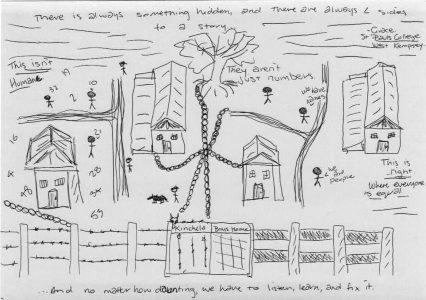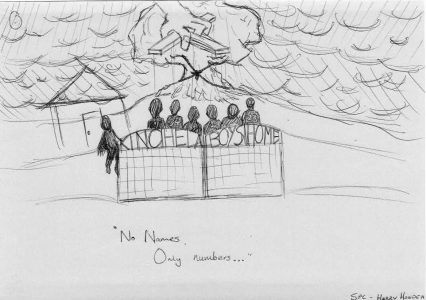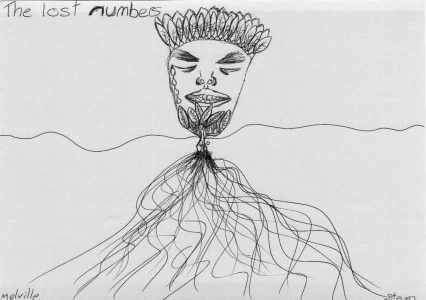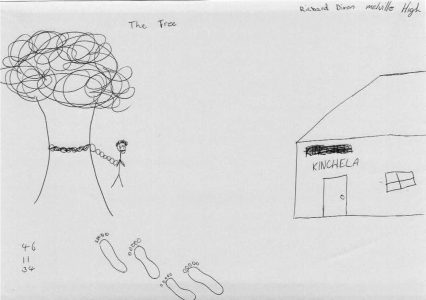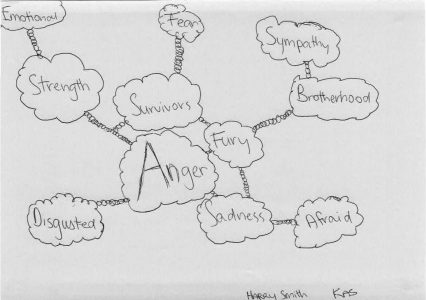A Stolen Generations Community Heritage Project
This webpage gives an overview of the areas of significance relating to the former Kinchela Boys Home site and places associated with that site and includes footage from the first school and community project that took place at the site in May 2018 to commemorate National Sorry Day (May 26).
The former Kinchela Aboriginal Boys Training Home (KBH) Site was listed on the NSW State Heritage Register (Listing no: 01875, Gazetted 17 February 2012). in 2012 and in 2013 the site was listed as an ‘Aboriginal Place’ under the National Parks and Wildlife Act 1974 (NSW) (Gazetted 28 June 2013, Gazette No. 79, p3128- 3129). In 2014, KBHAC commissioned Design 5 Architects to prepare this Conservation Management Plan for the former KBH site.
A Conservation Management Plan identifies and describes why a place is important (cultural significance) and then proposes an action plan, policy or strategy to keep that importance (conservation policy) and manage it into the future. The former KBH site has been assessed as having an Exceptional degree of cultural significance at State and Local levels. It is generally accepted, and in many cases mandatory, that all work on such places should be carried out in accordance with the principles of the Australia ICOMOS Burra Charter. Forming a key component in guiding future use, management and development, this Conservation Management Plan will ensure that the significance of the former KBH site is retained and where possible strengthened so as to be understood and respected by all.
The process of research and drafting this conservation management plan has been one of close collaboration between consultant and Kinchela Boys Home survivors. The process itself mirrors the path of many survivors re-connecting with the former KBH site, understanding it and telling its stories, defining what is important about it, and then projecting forward into the future to explore the role the site plays in the journey of healing.







